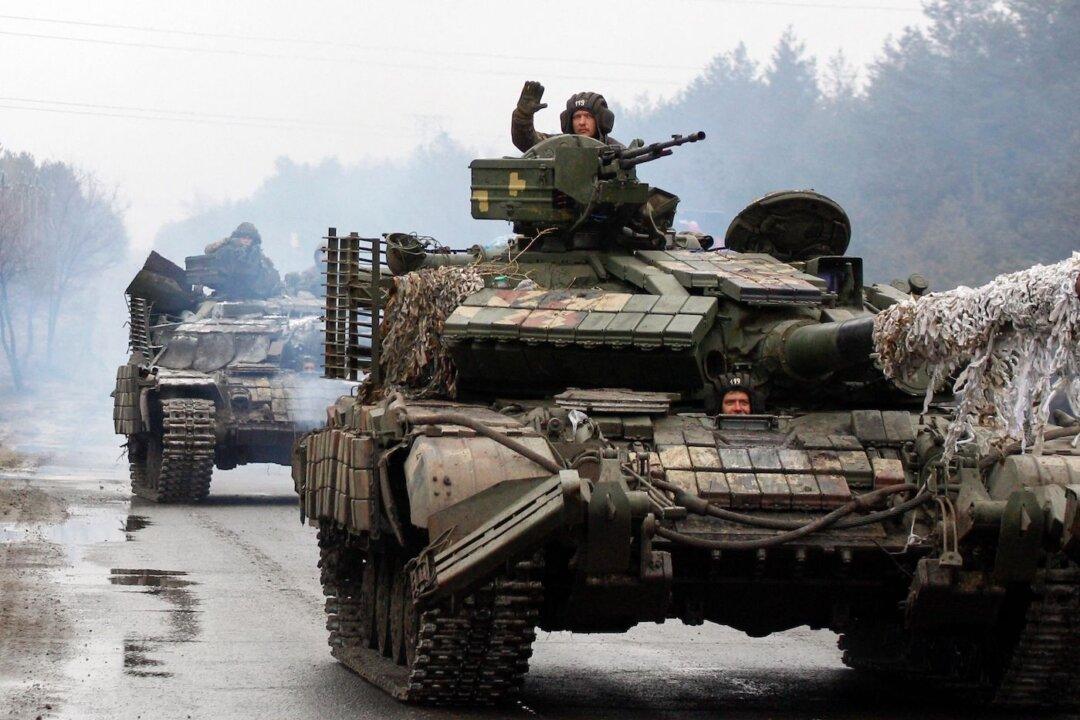Nearly six months into the Russia–Ukraine war, the Biden administration on Monday announced a $1 billion security assistance package for Ukraine, coming on the same day it announced some $4.5 billion in aid to keep Ukraine’s government running.
Acting Pentagon press secretary Todd Breasseale announced that the latest $1 billion in aid “to meet Ukraine’s critical security and defense needs” is the Biden administration’s 18th drawdown of equipment from Pentagon inventories for Ukraine since August 2021.




